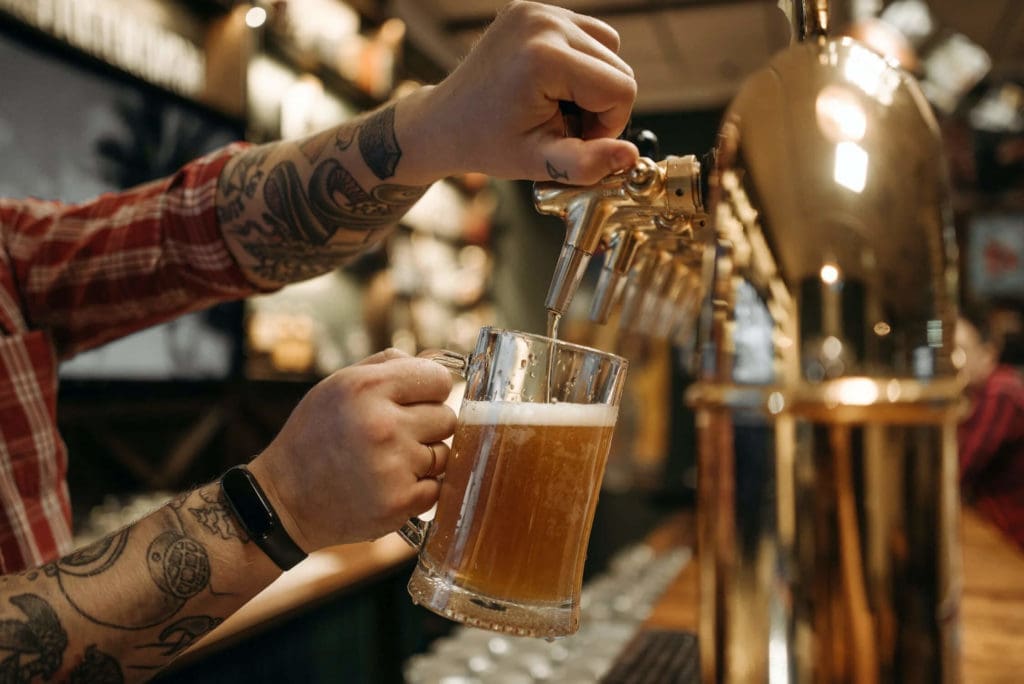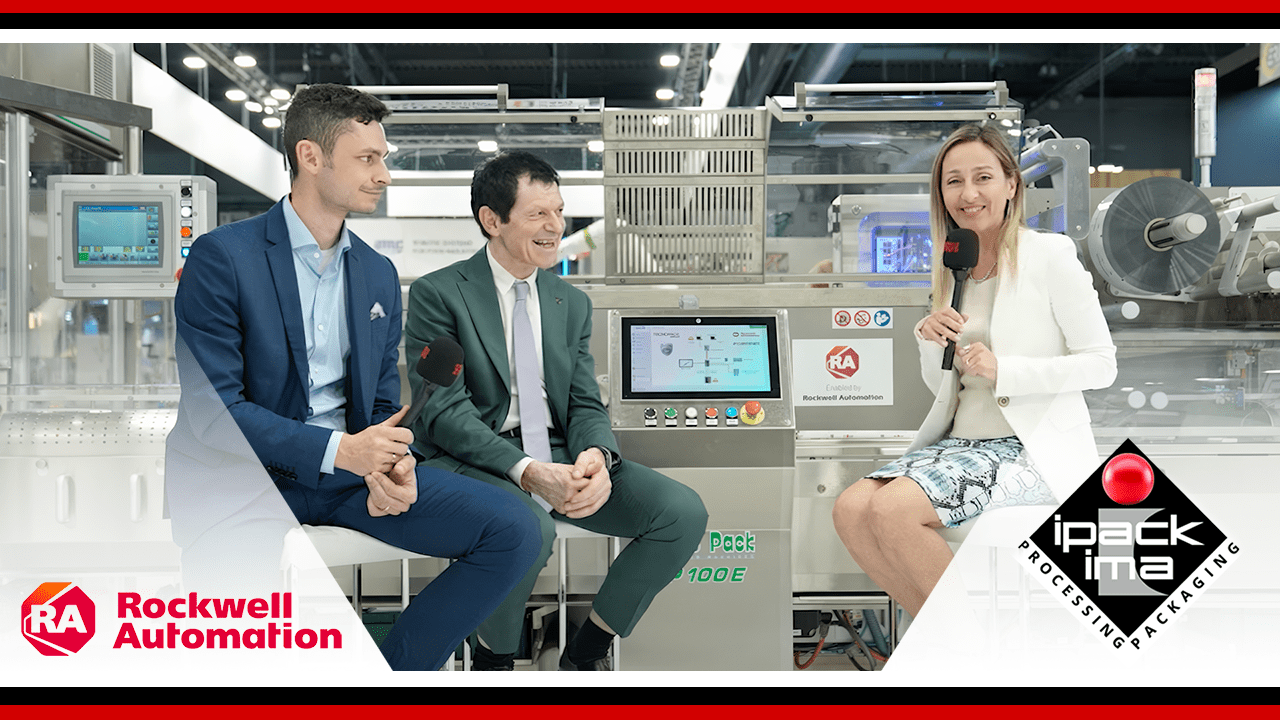Europe is renowned for its rich tradition in the production and consumption of alcoholic beverages, with wine and beer dominating the landscape. But how exactly is the European market divided? Let’s explore together.

Wine and beer have been two of the most popular alcoholic beverages in Europe for decades. However, the division of the market between these two categories can vary significantly from country to country. In some nations, such as France and Italy, wine is the undisputed king, with a winemaking tradition that dates back centuries. Conversely, in Germany and Northern European countries, beer has a strong presence, thanks to historic breweries and a robust beer culture.
In general, wine consumption is on the rise, especially in Northern countries, where it is gaining popularity among young consumers. Consumer preferences are also evolving towards lighter and more sustainable wines, with an increasing demand for organic and low-alcohol wines. This trend aligns with the growing interest in a healthy and sustainable lifestyle.

On the other hand, beer is undergoing a renaissance, with an increase in craft beer production across Europe. Consumers are increasingly seeking high-quality beers with unique flavors and local ingredients.
Craft beers are gaining ground on large brands, especially among young adults who desire an authentic drinking experience. Market trends in the European wine and beer industry are influenced by multiple factors.
One of the main factors is the growing consumer awareness regarding the origin and sustainability of food and beverages. This has prompted many producers to focus on local and organic wine and beer production while reducing their environmental footprint.


Another interesting trend is the rising demand for high-quality non-alcoholic beverages. Companies are developing alcohol-free beers and alcohol-free wines that offer a tasty alternative for those who prefer to avoid alcohol without sacrificing the pleasure of a refined beverage.
European consumer habits are changing, with increased attention to moderation in alcohol consumption and a growing curiosity about new and unique products. Consumers are willing to experiment with new varieties of wine and beer, often encouraged by social media influencers and online reviews.
Furthermore, the Horeca sector (Hotels, Restaurants, and Cafes) plays a crucial role in introducing consumers to new wines and beers. Collaborations between restaurateurs and producers are becoming common, creating opportunities for unique and innovative tasting experiences.
In conclusion, the European market for wine and beer is in constant evolution, with a variable division between the two categories. Emerging trends reflect a growing focus on sustainability, origin, and diversity of options.
Europeans are embracing a culture of more conscious and experience-oriented consumption, offering new opportunities for producers and consumers across the continent.




